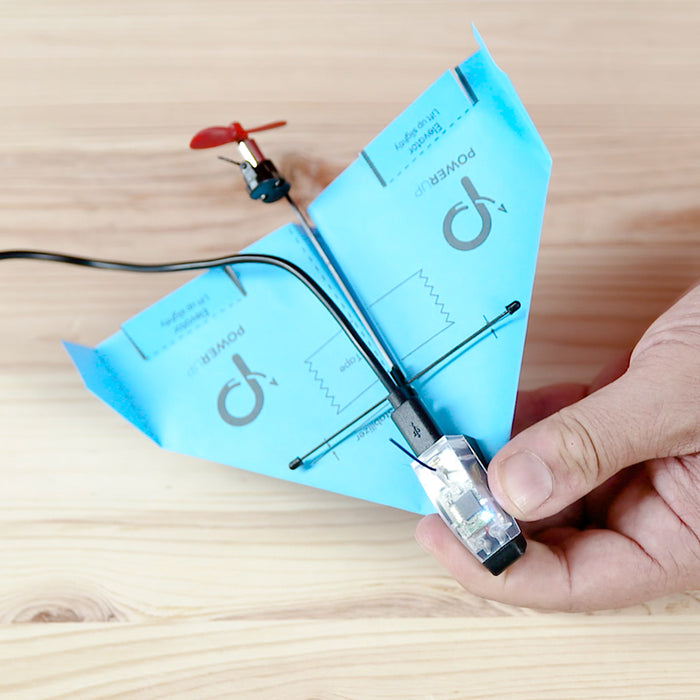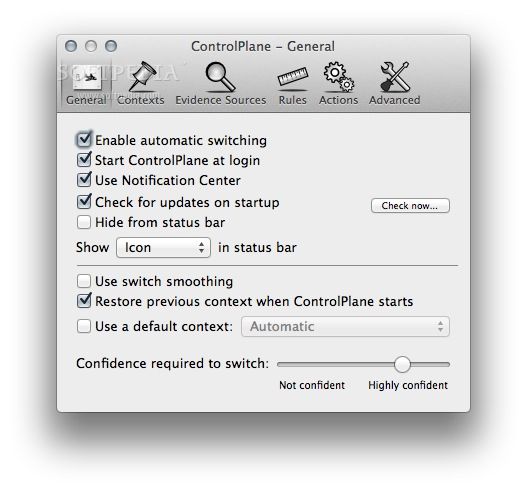

Inside that cluster is a single node (worker machine), which contains a single pod, which runs a single container. At its simplest (think: freshman CS project), a Kubernetes deployment would consist of a single cluster. Kubernetes is a system for orchestrating containers. What is a Control Plane? Kubernetes Control Plane

Now, let’s take a look at what that means in the contexts of Kubernetes and service mesh. That gives us our general “lowest common denominator” understanding of these two terms, regardless of the context: The control plane is everything involved with establishing and enforcing policy, while the data plane is everything involved with carrying out that policy. This work-the work of the data plane-is concerned with carrying out policy.

Packet switching, for example, evaluates packet addresses against the network policies and then does the work of getting those packets to the right destination. Meanwhile, the data plane is everything else in the network architecture that carries out those policies. This is true in the context of networking as well as (which we’ll unpack below) in that of Kubernetes and service mesh. Speaking generally, the control plane is concerned with establishing policy. These policies-along with the router’s facilities for storing and maintaining these policies-make up the network’s control plane. What kinds of packets should get routed to specific host machines? What kinds of packets should get rejected? How do we determine which packets go to which host? What should the router do if packets get dropped?
#Controlplane app how to
In a router (hardware or software), we would have rules and policies about how to handle network packets. If we were to start at the beginning, we would consider network routing. The terms were originally used in a networking context, but more recently have come to be used within the infrastructure and platform service spaces. Ultimately, the terms “control plane” and “data plane” are all about the separation of concerns-that is, a clear separation of responsibilities within a system. What do these terms mean? Do they refer to the same things in Kubernetes as they do in a service mesh? If you’ve encountered difficulty searching for a straight answer, look no further. If you’re diving into Kubernetes or you’re getting started with a service mesh, you have likely encountered the terms “control plane” and “data plane.” Provide a platform to deliver zero trust security and OPAĪutomatically collect hundreds of traces, logs and metrics Turn connectivity into electricity with Kong Meshīuild more performant and reliable load balancing via service mesh Supercharge your Istio clusters with the leading API gateway Rapidly design, publish and consume APIs and services Pay-as-you-go from startup friendly to enterprise scaleĮxtend with powerful plugins and fresh themesĪccelerate your journey into microservicesĮmpower teams to provide security, governance and compliance
#Controlplane app for free
Get started for free (no credit card required) Single platform for end-to-end connectivity Get information tailored to your use case

Powerful extensions and easy integrations Public static void appsCreateOrUpdate(.See what makes Kong the fastest, most-adopted API gateway * manager Entry point to IotCentralManager. * x-ms-original-file: specification/iotcentral/resource-manager/Microsoft.IoTCentral/stable//examples/Apps_CreateOrUpdate.json Import .models.SystemAssignedServiceIdentityType Import .models.SystemAssignedServiceIdentity Isi berisi representasi sumber daya yang menunjukkan status penyediaan transisi.ĭiterima - Masukkan permintaan yang diterima operasi akan selesai secara asinkron. Ini dikembalikan sebagai respons terhadap permintaan polling status untuk operasi buat atau perbarui. Opsional jika tidak ditentukan, default ke cetak biru kosong dan memungkinkan aplikasi didefinisikan dari awal. ID templat aplikasi, yang merupakan cetak biru yang menentukan karakteristik dan perilaku aplikasi. Identitas terkelola untuk aplikasi IoT Central.


 0 kommentar(er)
0 kommentar(er)
